🇬🇷 | she/her | bi | occultist | hellenic polytheist | archaeology student
Don't wanna be here? Send us removal request.
Text

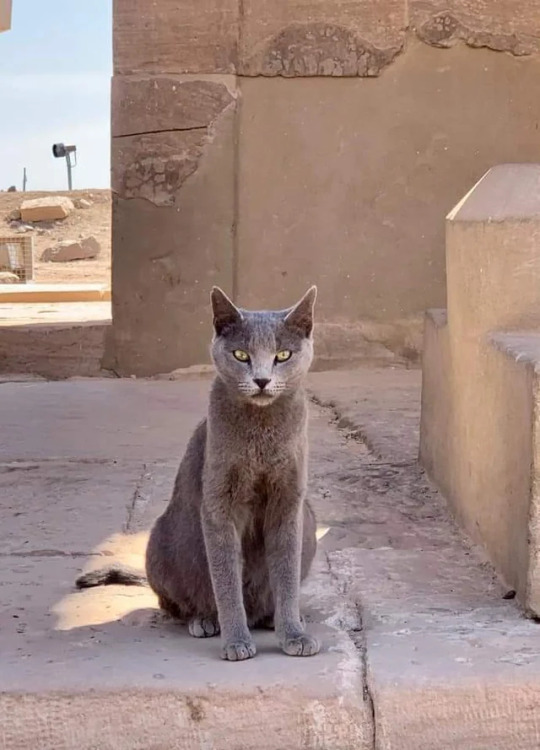

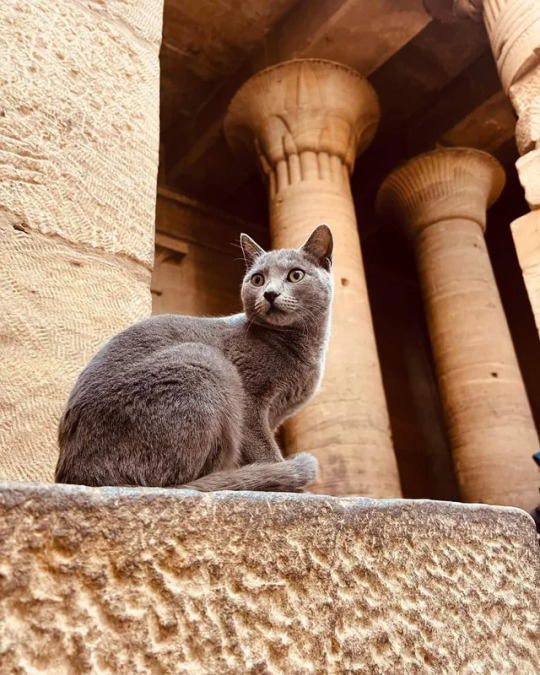
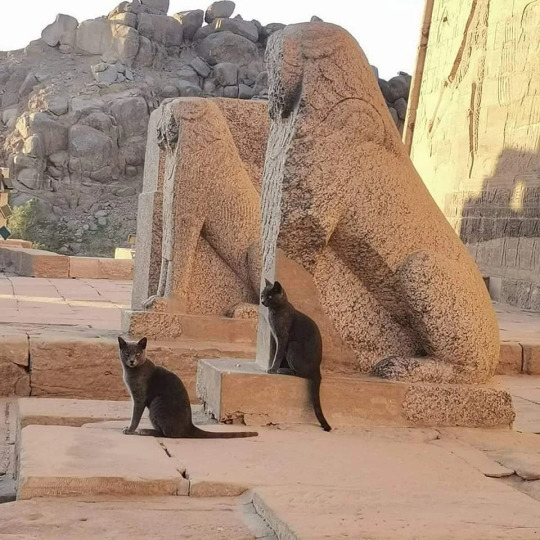

Cats at the Temple of Philae, Egypt
Source: CatsWithJobs Reddit
30K notes
·
View notes
Text

~ Sardonyx cameo portrait of the Emperor Augustus.
Period: Early Imperial, Claudian
Date: ca. A.D. 41–54
Culture: Roman
Medium: Sardonyx
702 notes
·
View notes
Text

Sumerian/Mesopotamian Amulet Seal in the Form of a Bull, c. 3250 BCE.
11K notes
·
View notes
Text

1 note
·
View note
Photo
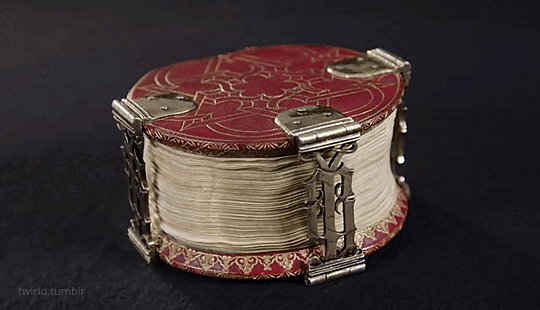
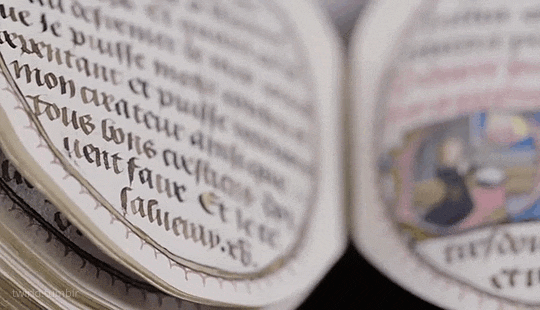
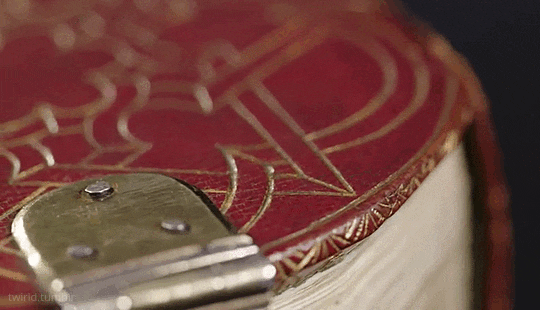
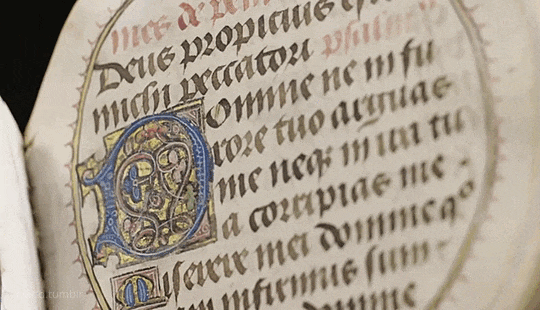
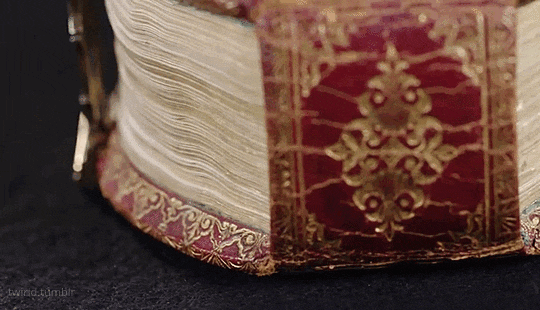
Codex Rotundus “266 almost perfectly circular pages of parchment have been bound together to build a block of 3cm height with a diameter of only 9cm.”
The initials of the metal clasps point us to Adolph of Cleves, Lord of Ravenstein (1425 - 1492) as the owner.
17K notes
·
View notes
Text



An Attic Pottery Pyxis Geometric Period, 8th Century B.C.
835 notes
·
View notes
Text

Blue Faience Hedgehog
Hedgehogs had a favourable reputation in ancient Egypt, and were often seen as a symbol of rebirth and renewal of life. This was likely due to their reappearances after long periods of absence while hibernating.
Middle Kingdom, 12th Dynasty, ca. 1900 BC. From Thebes. Now in the Ägyptisches Museum, Berlin. 10250
Photo: Sandra Steiß
972 notes
·
View notes
Text

Skara Brae Buddo, human figure carved from whalebone, dated c. 2,900 – 2,400 BC. Discovered at Skara Brae, a Neolithic settlement located in the Bay of Skaill on the Mainland, an island in the Orkney archipelago of Scotland.
17K notes
·
View notes
Text



Ink stone in the form of a turtle, China, 6th-7th century
from The Metropolitan Museum of Art
5K notes
·
View notes
Text
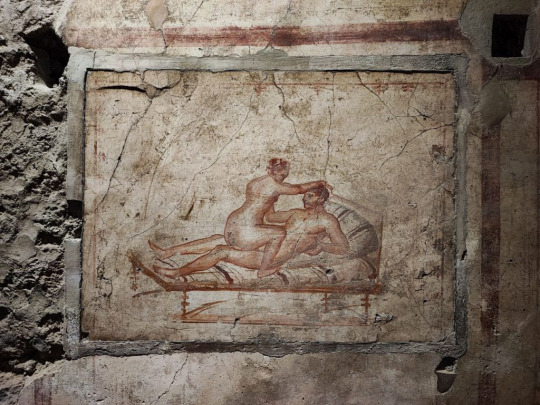
Erotic fresco at the House of the Vettii in Pompeii.
4K notes
·
View notes
Text

Memento Mori mosaic from Pompei, circa 1st century AD
1K notes
·
View notes
Text

Henri-Guillaume Schlesinger (German-French, 1814-1893)
Jeunes filles au perroquet
327 notes
·
View notes
Text

Gold and garnet pendant, Anglo-Saxon England, early 7th century AD
from The Metropolitan Museum of Art
406 notes
·
View notes
Text

Painted lid coffin of Petamenophis, 117–138 AD, Roman Egypt
411 notes
·
View notes
Text

Scrimshawed pie crimper in shape of a fish, made by a sailor for a beloved person aboard or ashore, mid 19th century
1K notes
·
View notes
Text

Duck shaped cosmetic vessel made from a single piece of rock crystal (quartz), Mycenaean Greece, circa 1500 BC
from The National Archaeological Museum, Athens
614 notes
·
View notes
